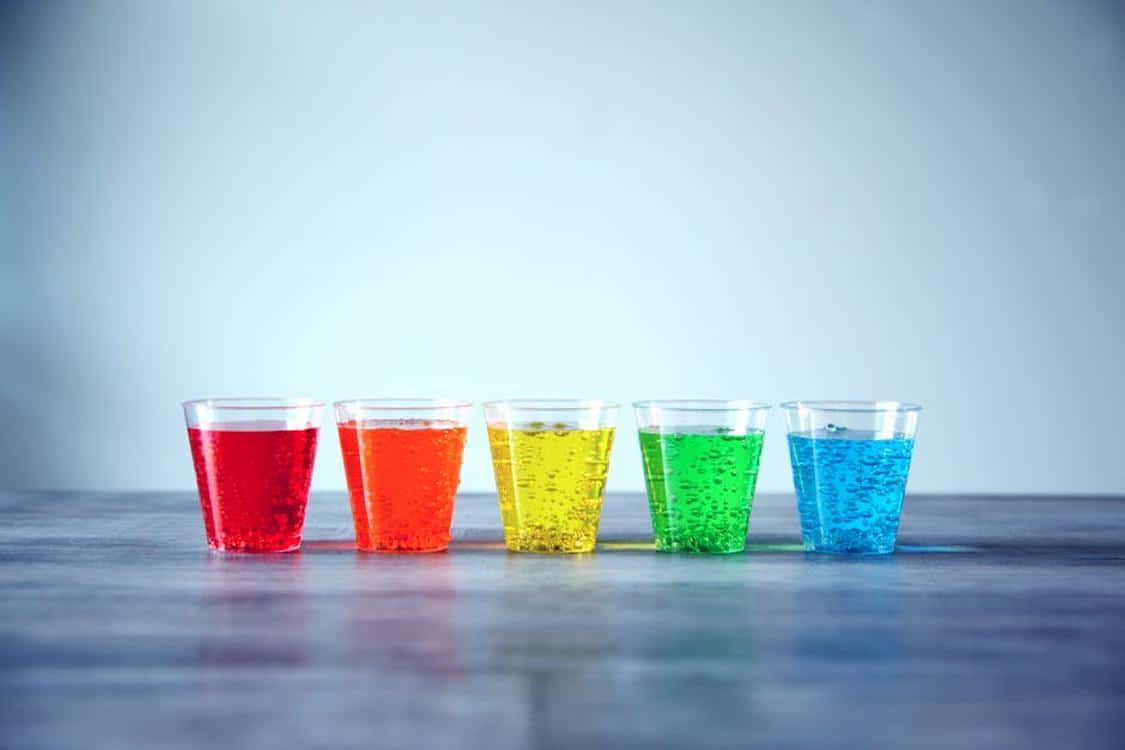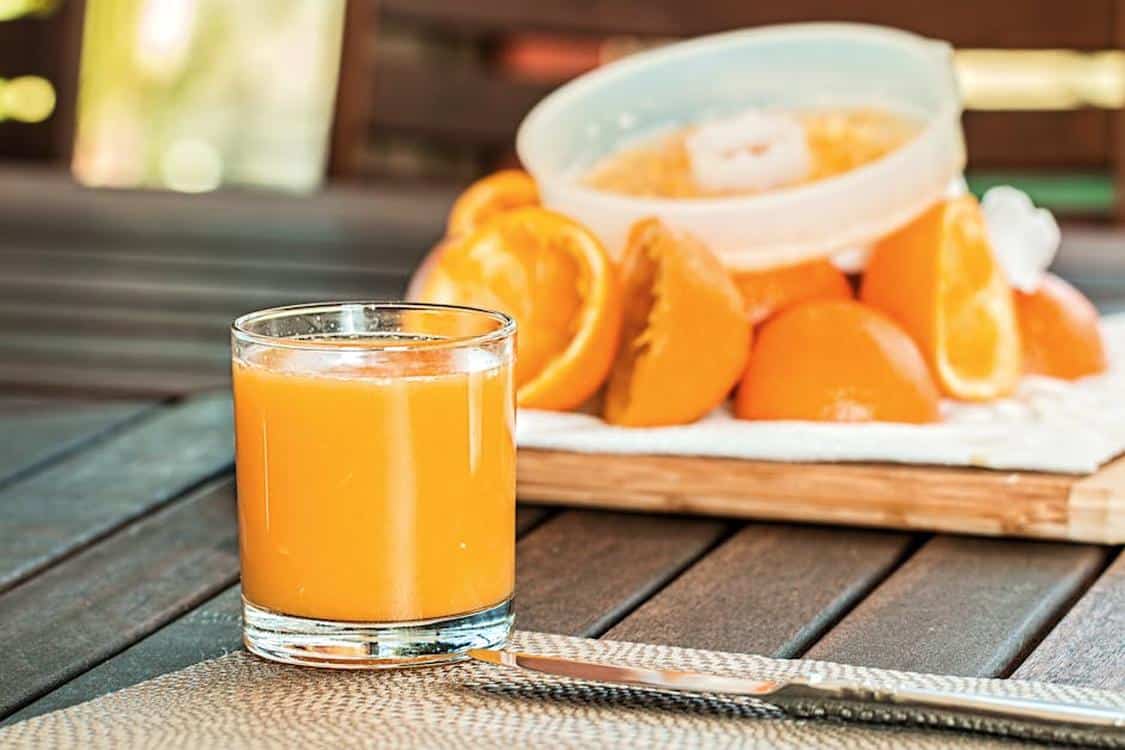Juicing provides a powerful health boost. It can be used as a short-term cleanse or to provide a nutritious supplement to your diet.
Whether making juices at home, a juice bar or a wellness retreat, this course will give you the skills to support your clients in this important practice.
How to Juice
juiceguru.com course has exploded over the past decade as people seek to get more nutrients in their diets. They are often busy and may not have time for full meals, so drinking their daily dose of veggies and fruit provides them with an opportunity to gulp down nutrition. But juicing isn’t just about vitamins and minerals, it’s also a great way to prevent certain types of cancers that are related to the high amounts of fiber found in vegetables and fruits.
Our comprehensive juicing course will teach you everything you need to know about how to make healthy, nutritional juices at home. You will learn how to choose the best ingredients for your juicing needs, how to prepare them and how to store them. You will also find out about the benefits of different types of juices and how to create a variety of recipes, including ones for detox, weight loss and general health.
You will also learn the importance of using a masticating juicer over a centrifugal one, as this will extract the most nutritional value from your produce. You will be taught how to combine your juicing recipes, how to balance the flavours and how to add extras to enhance your drinks.
This course will provide you with the knowledge and skills to be able to offer a range of therapeutic juice therapies. It will also give you the credentials to boost your CV and stand out from other candidates.
You don’t need any academic qualifications to enrol on this course, and you will receive an immediate e-certificate upon successful completion. This is the highest quality of vocational qualification available in this area, and will be recognised by thousands of professional bodies and government regulators globally. The e-certificate will prove that you have achieved a significant level of competence in this field. You can even use it to demonstrate your learning as evidence of continuing professional development (CPD). The course has been created by leading industry professionals, who have extensive experience in this field. They will guide you through the course step-by-step and provide you with all the necessary information to help you succeed in this field.
Nutritional Benefits

Juice therapy involves drinking a mixture of fruits and vegetables to promote health and wellness. A person may drink juice preventively to stay healthy, to treat a medical condition like cancer or as part of a cleanse. The goal is to flood the body with nutrient-rich liquids that can detoxify, boost immune function and promote weight loss.
The nutritional benefits of juicing are numerous, and vary depending on the types of produce used. Fruits and vegetables provide the body with an abundance of vitamins, minerals, antioxidants and phytonutrients. Fruits and vegetables also offer the body fiber, which aids in digestion and helps regulate blood sugar levels. The process of juicing breaks down the cell walls of the produce, allowing the body to absorb these nutrients more easily than whole foods.
Depending on the ingredients used, juices can aid in digestion, improve skin health and support cardiovascular, muscular and bone strength. They can also help a person meet the daily recommended quota for fruits and vegetables, and can help fill in nutrient gaps if eaten in place of a meal. A study published in 2022 in the journal “Molecules” found that people who drank three servings of juice per week were less likely to show signs of Alzheimer’s over 10 years than those who drank one serving of juice per week.
Some practitioners of juicing use it as part of a treatment for a disease like cancer, using a combination of juices to treat the body from top to bottom. They may recommend a week-long juice fast or a diet that includes fresh, raw juices along with other healthy eating plans. Other practitioners of juicing, including naturopathic physicians and those trained in the 5,000 year-old tradition of Ayurveda, use juices to fortify body tissues, or “dhatues” and prevent disease.
The nutrients in juice can help the body fight diseases, such as cancer, inflammatory conditions and autoimmune disorders. The vitamins and minerals in the juices can also boost the immune system. For example, citrus fruits contain vitamin C, which can increase the production of white blood cells to fight infection. Leafy greens can deliver iron, which keeps the blood healthy, and other nutrients, such as beta-carotene and apigenin, which control inflammation and oxidative stress.
Safety
Juicing can help boost nutrient intake, support detoxification, improve digestion, enhance immune function, increase energy levels and promote clearer skin. It can also be used as a supplement for chronic diseases, reducing inflammation and oxidative stress, and supporting the body’s natural ability to heal itself. However, it’s important to work with a doctor to ensure that juice therapy is safe for you and any other medical conditions or medications you may have.
When preparing your juice HACCP plan, it is important to identify any microorganism that might pose a health risk. The hazard evaluation step in the regulation requires you to select the most likely pathogen in your juice and determine how a process control can eliminate it.
If you are processing multiple types of juice, you can use a grouping method to combine the individual hazard assessments into one plan. You must also establish a list of preventive and corrective actions that you will take to protect the safety of your products. This should include all measures you have already taken to ensure the safety of your juice, including your sanitation program and any preventive controls that you have in place to control contamination.
The SSOP must also describe how you will monitor and verify your process is operating within the critical limits. For example, if the process requires that you maintain a temperature of no higher than 50° F, you must develop a monitoring system to indicate when the equipment is running at a temperature above this limit. The monitoring system should also be designed to shut down the equipment if a limit is exceeded.
Although most healthy adults can safely eat unpasteurized juice, children, older adults and those with weakened immune systems are at greater risk of serious illness or death from foodborne pathogens. If you are selling or shipping juice that has not been pasteurized, you must label it to warn these groups of people. The hazard label should read WARNING: This product has not been heat-treated or pasteurized and may contain harmful bacteria that can cause illness, especially in children, older adults and those with weakened immunity.
Precautions
Juicing extracts the liquid from fruits and vegetables, concentrating the vitamins, minerals and plant chemicals that are naturally present. Proponents believe that consuming juices helps the body eliminate toxins and prevent diseases such as cancer and heart disease. The practice can also help promote weight loss, improve digestion and boost immune function.
Although juicing can be a great source of vitamins and nutrients, some people may not tolerate it well. Those with sensitive stomachs may experience nausea and diarrhea from the high amounts of fiber found in some vegetables. Additionally, people with diabetes should use caution when drinking juicing as it can cause blood sugar levels to spike. Those with heart conditions should avoid drinks that are high in oxalate, which can interfere with anti-blood-clotting medication.
The best way to enjoy the health benefits of juicing is to do it on a regular basis. However, the most important safety measure is to thoroughly wash all produce before juicing. This includes fruit and vegetables that you grow at home as well as those purchased from a store or farmers market. It is also recommended to scrub firm produce, such as melons and cucumbers, with a clean produce brush to reduce the likelihood of bacteria transfer.
You should also ensure that your juices are pasteurized or UV irradiated to ensure that they can resist moderate temperature abuse. This is the only way to be certain that pathogenic bacteria do not proliferate in your juices during storage.
While juicing can provide your body with essential vitamins, minerals and enzymes, it is not as beneficial for your health as eating whole foods. Whole foods provide your body with a variety of other nutrients, such as fiber, which slows down stomach emptying and makes you feel fuller. Additionally, a diet that is heavily based on fruits can lead to an imbalance of the acid-base balance in your body.
If you want to reap the health benefits of juicing, choose your fruits and vegetables wisely and limit your consumption of stimulants, such as coffee, tea and sodas. If you drink large quantities of juice, you should also ensure that you are consuming sufficient protein to support your muscle mass.
